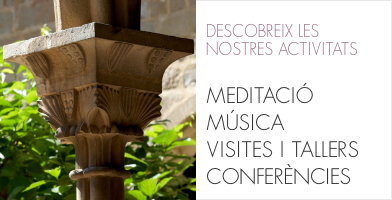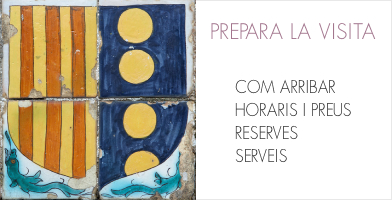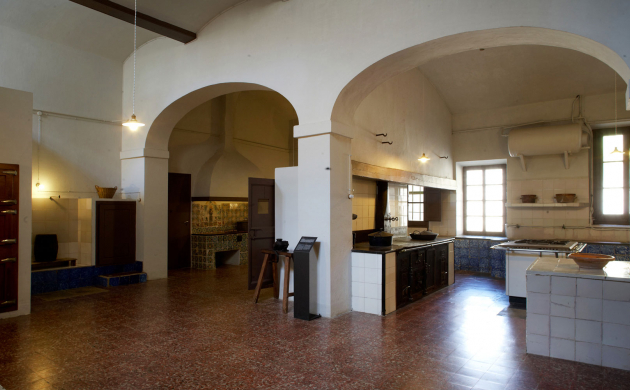
El blog del museu
Títol
Health and nutrition in the middle ages
Created date
Introducció
Nutrition in the monastery in the Middle Ages was regulated by periods of fasting established by the Rule of St Clare.
Life in the Royal Monastery of St Mary of Pedralbes was regulated by the Rule of St Clare approved by Pope Urban IV. This did not go into much detail about food but instead confined itself to determining the periods of fasting and abstinence during the year. In general, the Church recommended a diet based on fruit and vegetables accompanied in particular by fish and occasionally poultry. The consumption of meat was reserved for important festivals. The use of spices and sweeteners to season and make the food more enjoyable was limited, and also wine, which was taken in moderation despite being considered a healthy food. The purpose of this restrictive diet was to take the pleasure out of eating and restrict it to meeting the physical needs of the body. Abstinence was considered a virtue and a way of safeguarding the vow of poverty, strengthening the soul and attaining peace of mind.
The church calendar established two periods of abstinence, Advent and Lent, which served to prepare the two main festivals in the liturgical year: Christmas and Easter. Abstinence was also practiced every Friday of the year and on the eve of festivals. During times of fasting, the consumption of meat was strictly forbidden.
Nonetheless, the Rule of St Clare approved by Urban IV ensured that sick nuns were treated properly both as regards diet and the rest of their needs. The weak and sick nuns and those going through menstruation were allowed to eat meat even in times of abstinence. Essentially, the food given to nuns who were unwell was more calorific because fish was replaced by meat. They were also allowed to consume larger amounts of fruit, which, if necessary, they could even buy outside the monastery, while the other nuns ate the produce from the allotment.
In the Llibre de cauteles, a ledger where the nuns noted down purchases made outside the monastery, there are records of meat and lard bought to make broth by the nun in charge of the monastery infirmary.
In the same ledger there are entries recording the purchase of plums, pears and apples, which were used to make compotes eaten to treat stomach upsets. The infirmarians also acquired extra quantities of wheat and barley, which indicates that sick nuns were given more bread too.
To learn more about these and other details of health and nutrition in the Middle Ages, inside and outside the monastery, we invite you to join the visit and workshop “Regimen sanitatis. Health and Food in the Middle Ages”, organized by the Royal Monastery of St Mary of Pedralbes in conjunction with the Alicia Foundation, which explains the role played by diet in looking after health. The next session will take place on Sunday 25 October at 11.30 a.m.
Enric M. Puga












